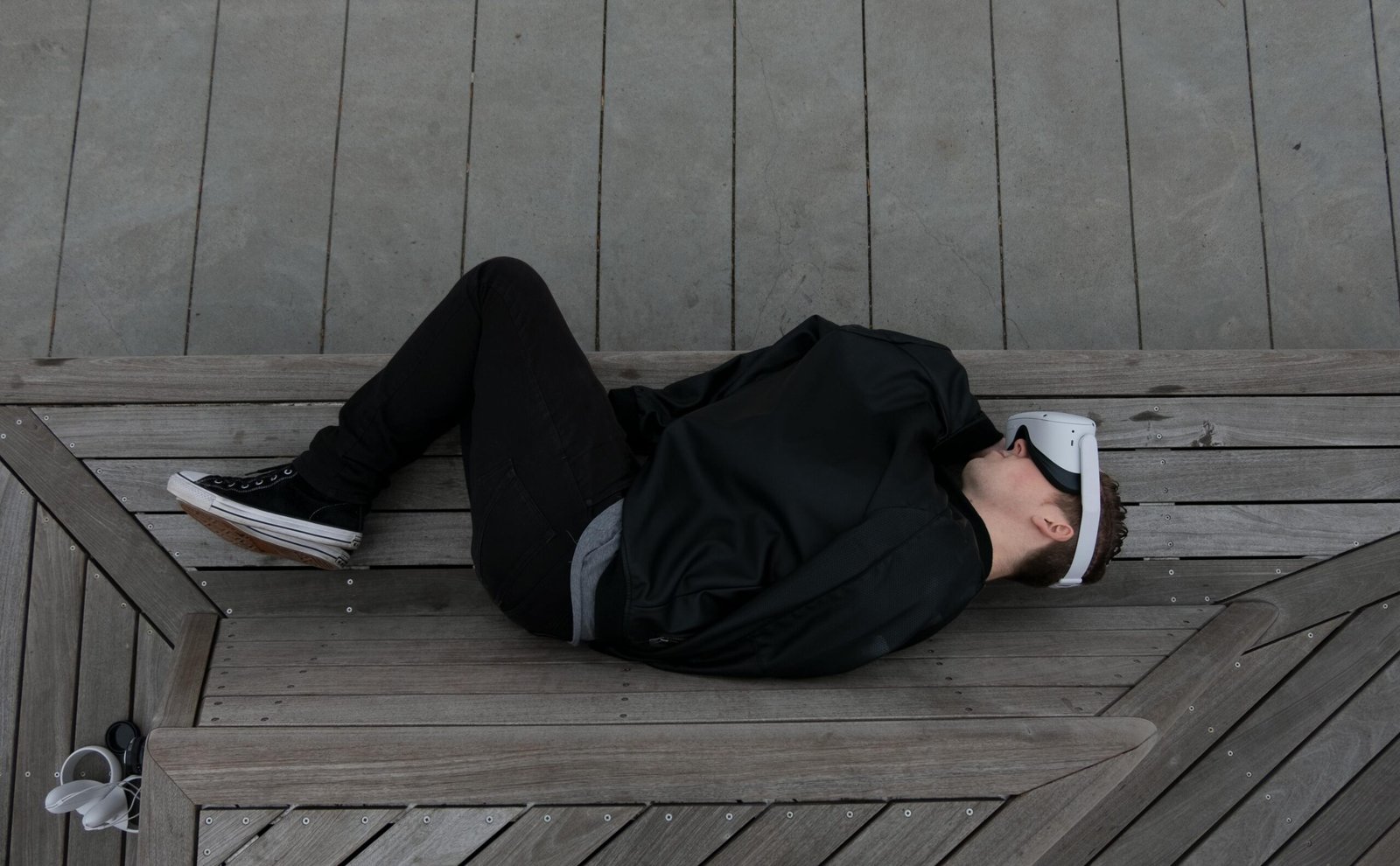
Are you struggling with discomfort from a torn rotator cuff while trying to get a good night’s sleep? Don’t worry, we’ve got you covered! In this article, we will explore different sleeping positions that can help alleviate the pain and discomfort associated with a torn rotator cuff. By making a few simple adjustments to how you sleep, you can finally get the rest you deserve and wake up feeling refreshed and pain-free. So, let’s dive in and discover the best sleeping positions to reduce discomfort with a torn rotator cuff!
Sleeping Positions to Reduce Discomfort with a Torn Rotator Cuff

1. Importance of Proper Sleeping Positions
1.1 Understanding the Torn Rotator Cuff
Before diving into the ideal sleeping positions, it is important to understand what a torn rotator cuff is. The rotator cuff is a group of muscles and tendons that surround the shoulder joint, providing stability and allowing for a wide range of motion. A torn rotator cuff occurs when one or more of these tendons become damaged or torn. This can lead to pain, weakness, and limited range of motion in the affected shoulder.
1.2 Impact of Sleeping Positions on Shoulder Discomfort
The way you sleep can have a significant impact on the discomfort you experience with a torn rotator cuff. Certain sleeping positions can aggravate the injury and increase pain, while others can promote healing and reduce discomfort. It is important to find the ideal sleeping positions that alleviate pressure on the injured shoulder and allow for a restful night’s sleep.
2. Ideal Sleeping Positions for Torn Rotator Cuff
2.1 Sleeping on the Unaffected Side with a Pillow
One of the most recommended sleeping positions for individuals with a torn rotator cuff is sleeping on the unaffected side with a pillow. This position helps to minimize the pressure on the injured shoulder by keeping it in a neutral position. Place a pillow between your arms to provide additional support and prevent any rolling onto the injured shoulder during the night. This position allows for proper alignment of the spine and reduces strain on the shoulder joint.
2.2 Sleeping on the Back with Pillows for Support
Sleeping on your back can also be a beneficial sleeping position for those with a torn rotator cuff. Place a pillow or two under your arm on the injured side, allowing the arm to rest comfortably and reducing strain on the shoulder. This position helps keep the shoulder in a supported and stable position throughout the night.
2.3 Semi-Reclining Position with Adjustable Bed or Pillows
For individuals who struggle to find comfort in side or back sleeping positions, a semi-reclining position may be helpful. This can be achieved with an adjustable bed that allows you to elevate the upper body or by using multiple pillows to create a supportive incline. The semi-reclining position takes pressure off the injured shoulder and promotes better spinal alignment, leading to reduced discomfort.

3. Sleeping Tips and Modifications
3.1 Use of Body Pillows or Cushions
To further enhance comfort and support while sleeping with a torn rotator cuff, consider using body pillows or cushions. These can be placed strategically to provide additional support to the injured shoulder and promote proper alignment of the spine. Experiment with different pillow placements to find the most comfortable and supportive setup for your specific needs.
3.2 Modification with Arm Slings or Orthopedic Supports
If you find it challenging to keep your injured arm in a desired position during sleep, using arm slings or orthopedic supports can be incredibly beneficial. These devices help stabilize the injured shoulder and prevent unwanted movements during the night. Consult with your healthcare professional to determine which type of support is best suited for your individual case.
3.3 Avoidance of Certain Sleeping Positions
While some sleeping positions can provide relief and support, there are certain positions that should be avoided when dealing with a torn rotator cuff. Sleeping on your stomach, for example, can place unnecessary strain on the injured shoulder and exacerbate pain. It is best to steer clear of this position and focus on those that promote proper alignment and alleviate discomfort.
4. Additional Strategies for Comfortable Sleep
4.1 Heat or Cold Therapy Before Bedtime
Before settling into your chosen sleeping position, consider incorporating heat or cold therapy to help alleviate pain and discomfort. Applying a warm compress or taking a warm shower before bedtime can help relax the muscles and reduce inflammation. Alternatively, using a cold pack wrapped in a thin cloth on the affected shoulder can help numb the area and reduce swelling. Experiment with both methods to find which works best for you.
4.2 Gentle Stretching or Range of Motion Exercises
In addition to finding the right sleeping position, incorporating gentle stretching or range of motion exercises into your daily routine can promote healing and flexibility. Before bed, perform simple stretches that target the muscles surrounding the torn rotator cuff. Be sure to consult with your healthcare professional or a physical therapist to ensure you are performing the exercises correctly and safely.
4.3 Pain Relief Medications or Natural Remedies
If discomfort and pain persist despite adjusting your sleeping position and incorporating other strategies, it may be necessary to explore pain relief medications or natural remedies. Over-the-counter medications such as nonsteroidal anti-inflammatory drugs (NSAIDs) can help alleviate pain and reduce inflammation. Additionally, natural remedies such as arnica gel or essential oils known for their analgesic properties can provide some relief. However, always consult with a healthcare professional before starting any new medications or remedies.

5. Precautions and Considerations
5.1 Consultation with a Healthcare Professional
It is essential to consult with a healthcare professional, such as a physician or physical therapist, when dealing with a torn rotator cuff. They can provide personalized guidance and recommendations based on the severity of your injury and specific needs. They will also be able to address any questions or concerns about sleeping positions and modifications.
5.2 Finding the Right Sleeping Setup
Finding the right sleeping setup takes time and experimentation. It is important to be patient and try different positions, pillows, supports, and modifications until you find what works best for you. Remember that everyone’s injury and comfort levels are unique, so what works for one person may not necessarily work for another.
5.3 Monitoring and Adjusting Sleeping Positions as Needed
As your torn rotator cuff heals and discomfort reduces over time, it is important to adapt your sleeping positions accordingly. Monitor your comfort level and adjust your sleeping setup as needed. It may be necessary to make modifications throughout the healing process to ensure ongoing comfort and support.
6. Conclusion
Sleeping with a torn rotator cuff can be challenging, but with proper knowledge and adjustments, it is possible to reduce discomfort and promote healing. By understanding the importance of proper sleeping positions, learning about ideal positions for a torn rotator cuff, implementing helpful tips and modifications, and considering additional strategies for comfortable sleep, you can improve your sleep quality and overall well-being while recovering from this shoulder injury. Always consult with a healthcare professional for personalized advice and guidance throughout your healing journey.





